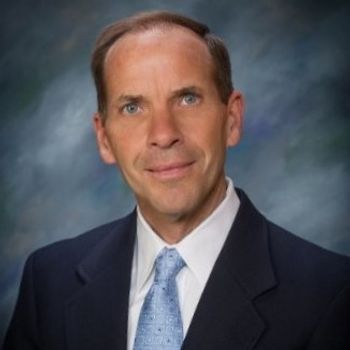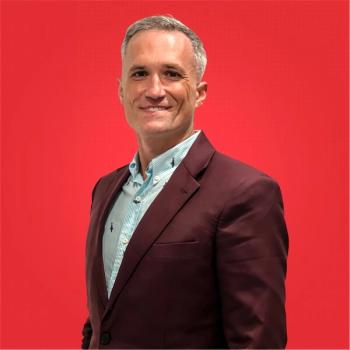
- May 25, 2019 edition
- Volume 96
- Issue 10
Your voice: Physicians who transition to direct primary care aren’t abandoning their patients
Letters from our readers
Physicians who transition to direct primary care aren’t abandoning their patients
I want to thank Rob Lamberts, MD, for his March 25, 2019, article addressing the issues of potential “dangers” and “negatives” as they relate to the DPC model of healthcare delivery. I am thankful to comment. Dr. Lamberts addresses three topics: abandonment, consistency in the model, and leadership.
After reviewing the definition of “patient abandonment,” a physician making the transition from an established practice to DPC would be hard-pressed to be in the position of abandoning patients. It behooves the physician to follow proper procedure when leaving an established practice for DPC or he/she would risk malpractice. How does this situation differ from a physician leaving a practice if moving away, taking a new job (consider physician administrators leaving their patients), retiring, or quitting medicine altogether? Would that be called “patient abandonment” too?
Let’s talk about “care abandonment” which are words appropriate to a system that gives patients 7-10 minutes with their doctor (at no fault of the physician) surrounded by mounds of useless red tape, gives limited access, and causes patients to forgo personal medical care due hurdles in cost, attention, access. The discussion should be about “care abandonment.”
Careful consideration is necessary when using the moniker “patient abandonment” before assigning it to anything or anyone; perhaps paying attention to “care” rather than “abandonment” is more appropriate since doctors who embrace DPC do so to be able to provide improved medical care to patients.
When and by whom was it determined that a patient panel of 2,500 to 3,000 is the standard for primary care? Clearly it is not working for patients or physicians. A higher absolute number of patients does not translate into more or better “care” for numerous reasons that do not need to be summarized.
Direct Primary Care is the most
patient-centric, consumer-driven form of healthcare delivery this country has seen in decades. Patients are driving this model too. Maybe 800 patients, or any number the physician feels is adequate for their practice, should be the new standard. And maybe panels of 800 is why there is growing interest in Direct Primary Care from medical students and residents.
Consistency in the model is an interesting topic and has been discussed among DPC leadership. There are criteria for DPC practices incorporated into office workflows. These criteria are for public consumption in 25 state DPC bills and on
Specialists are starting direct care models, too. Trying to exclude imposters and those who practice non-traditional medicine is, in my opinion, not our job. State boards of medicine and medical malpractice companies will enforce standards and consistency within scope of training. Patients will choose. Individual DPC physicians will practice medicine while being held appropriately accountable by these entities and by their patients.
Thankfully the criteria are not restrictive but outline necessary legalities. The proposition of a Direct Primary Care certifying board/society would provide an added layer of bureaucracy which would inhibit innovation. Innovation must continue for real working solutions to our healthcare crisis. DPC, with its “risks,” is providing just that.
As with any grassroots movement, flexibility is necessary to promote change. DPC physicians are responding to our patients’ needs and the DPC movement is responding to the American healthcare system’s deficiencies. That is our leadership.
Kimberly Legg Corba, DO, CHCO
Corba serves on the board of directors for DPC Action, is a founding member of the DPC Alliance, and owns a direct primary care practice.
Articles in this issue
over 6 years ago
AMA announces Evaluation and Management coding changesover 6 years ago
The growing cyber threat to physician practicesover 6 years ago
Level of care coding tips to boost revenue, mitigate riskover 6 years ago
Practicing medicine without payersover 6 years ago
ACP 2019: Contract negotiation: What physicians need to knowover 6 years ago
ACP 2019: How loneliness affects patients-and their physiciansover 6 years ago
ACP 2019: Caring for the caregiver after a medical errorover 6 years ago
8 ways to transform your practice to a concierge modelover 6 years ago
Beyond burnout: The real problem facing doctors is moral injuryalmost 7 years ago
Healthcare security is improving, but don’t stop nowNewsletter
Stay informed and empowered with Medical Economics enewsletter, delivering expert insights, financial strategies, practice management tips and technology trends — tailored for today’s physicians.















